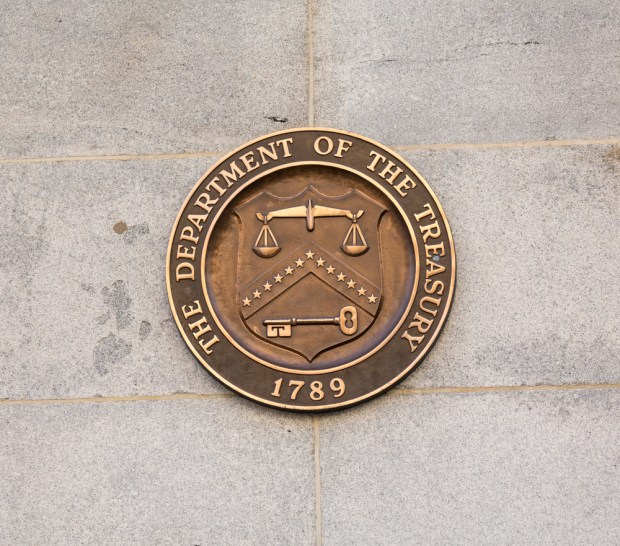Treasury Department Asks For Relaxed Penalties For Community Reinvestment Act

The Treasury Department has recommended that U.S. regulators ease up on penalties for banks that fail to adhere to the Community Reinvestment Act (CRA).
The CRA, passed in 1977, was enacted to encourage banks to promote financial inclusion by extending mortgages and other types of credit to low-income communities. If a lender fails to meet those expectations, it faces limits on opening new branches and expanding the business.
But a report by the Treasury Department said that regulators should relax those penalties as long as the lender promises to fix any shortcomings.
“A bank with a less than satisfactory CRA rating should continue to receive enhanced scrutiny, but more consideration should be given to the bank’s remediation efforts to date and whether approving the application would benefit the communities served by the bank,” the report states.
According to Reuters, Treasury Secretary Steven Mnuchin has also said that he believes the CRA is outdated because of changes in technology and market structure. In addition, the Office of the Comptroller of the Currency (OCC), which regulates the daily happenings at national banks, recently announced it will issue a consultation on reforming the CRA, while the Federal Reserve is also open to changing the rules.
Other recommendations made by the Treasury Department include expanding the definition of “geographic assessment area” so that it includes locations far from a bank’s physical footprint, as well as where the bank accepts deposits, to reflect the rise of digital banking.
“Adjustments that enhance the transparency, consistency and predictability of the supervisory process — and that recognize the many ways banks meet the credit needs of the communities they support — will help institutions better serve all customers and promote economic growth,” said American Bankers Association president and CEO Rob Nichols. “We’re pleased that this report recognizes changes in mobile technology and the many innovations banks have developed to serve their customers.”
